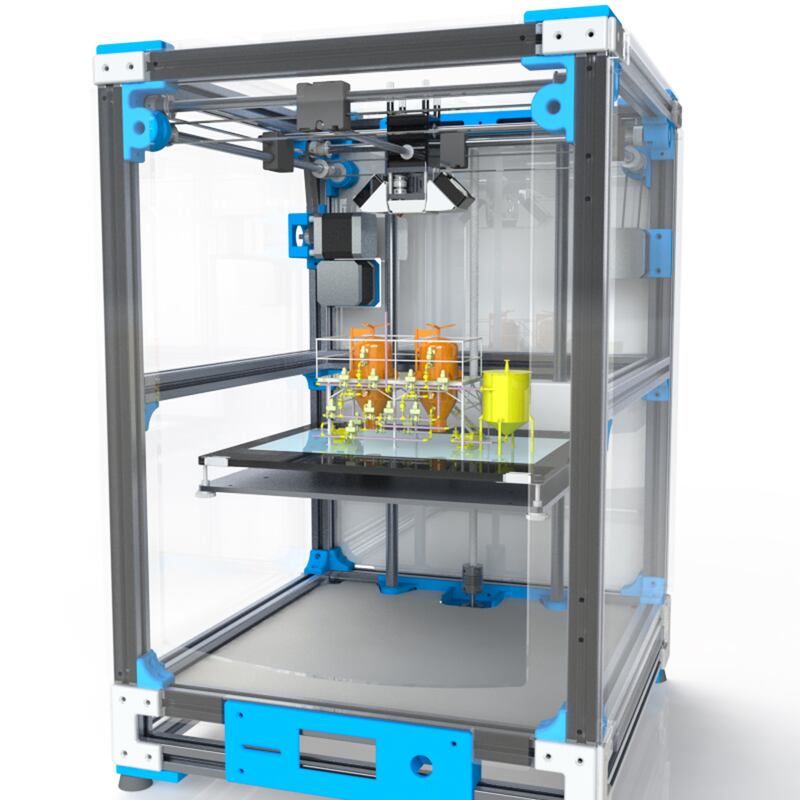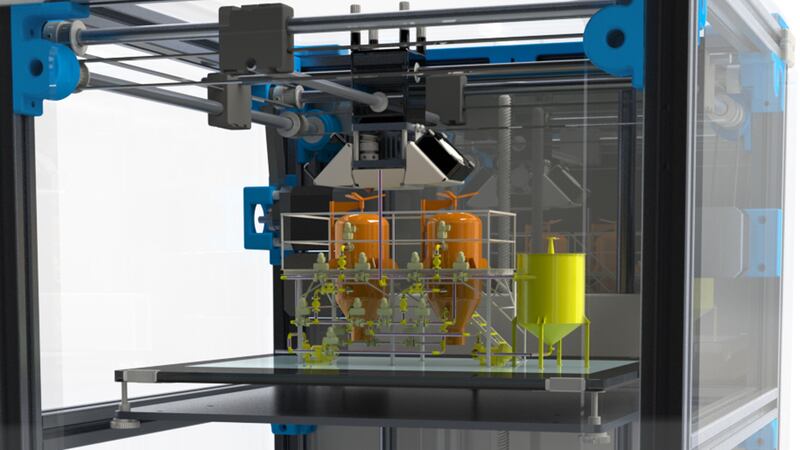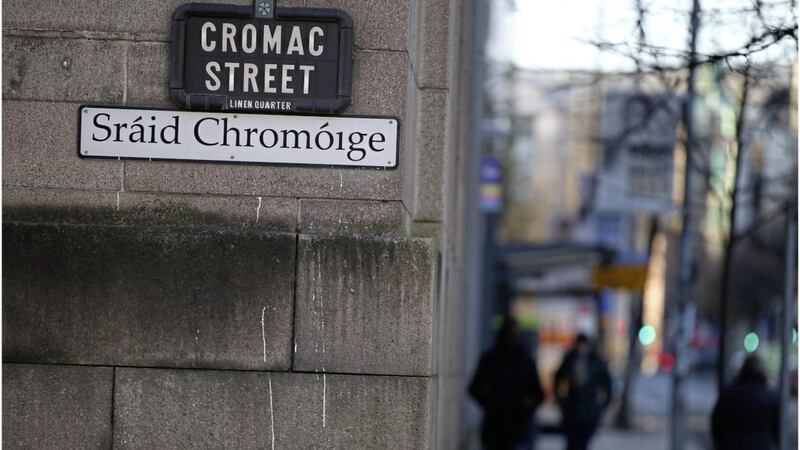Medicine production could soon be possible on a much smaller scale according to researchers, who have unveiled a new process using 3D printers that could be used in the home.
The new system, detailed in Science Magazine, uses a readily available 3D printer designed for the home, but scientists from the University of Glasgow then built in a range of bottle-sized vessels, each one then used to carry out a different chemical reaction.
This can then be used by pharmacists to create specific drugs and medicines by adding solvents and reagents at different times in the process – effectively allowing for small scale on-demand medicine production.

The whole system has taken six years to develop, and the team behind it have suggested it could be used to create drugs from materials that are in short supply or when demand is too low to justify commercial production, but also could be used to create products in remote settings – for example on space missions.
Regulation is being highlighted as a hurdle for future development of the system, with drug regulators likely to be keen to ensure the medicines created on such a small scale still meet their validation credentials.
Leroy Cronin, a chemist at the university who was part of the project, said he felt the issue was “manageable”, and future versions of the system could include a validation test.
3D printers are already being used in a range of medical procedures as well as in other fields – including prosthetics for patients with mobility issues.








